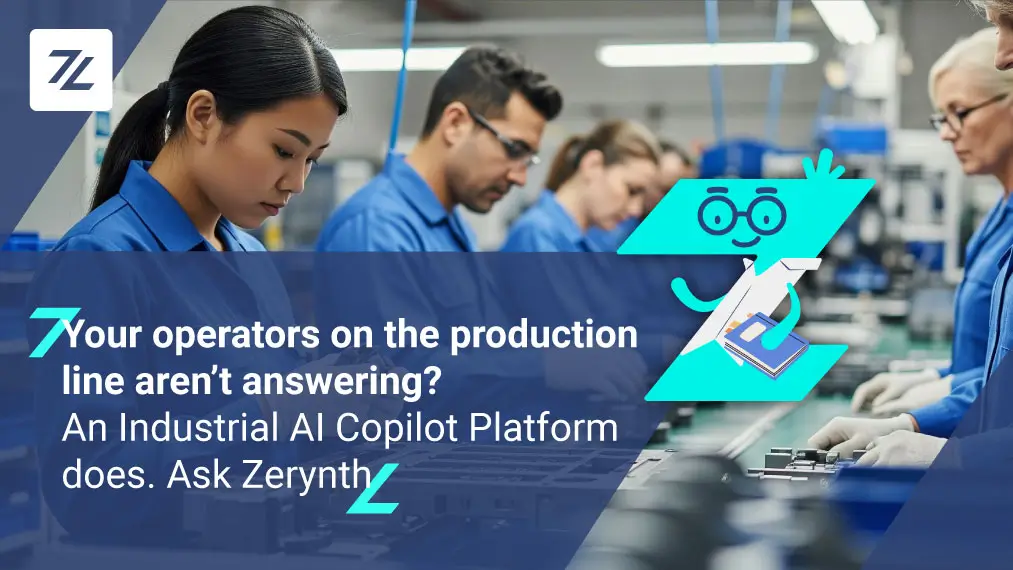Even though workplace safety has increased substantially in the last couple of years, there is still a lot of room for improvement. This is especially true for heavy industries such as the metals and mining section, the oil and gas industry, transportation, and more.
The best way to handle safety risks is to utilize new technologies to the fullest.
Since IoT technology has such a vast scope of applications, and enormous flexibility, it’s the perfect technology to address reducing workspace risks.
What are the main risks at work?
Manual handling
Did you know that manual handling causes over a third of workplace-related injuries? It involves lifting, carrying, lowering, and large amounts of physical labor. In manual labor risk assessment, one needs to consider the type of manual task being used, the repetitiveness of it, and the physical capabilities of the person who is performing it.
When you replace people with machines, in this scenario, the risk of injury is reduced to a minimum.
Materials handling
Materials handling often involves a large number of repetitive and physically intense tasks. So, of course, it is always better when a machine can handle the job. Especially, if the process itself has been automated.
Environmental risks
The environment plays an important role in any workspace, even more so when there is manual work, or any type of manufacturing involved. And it’s not just the obvious problems like restricted space, or slippery ground – temperature and humidity also need to be carefully monitored in most heavy industries.
For example, electrical components can become saturated, and thus is dangerous in spaces with high humidity levels. Or, the chemical industry, where monitoring chemical evaporation is of utmost importance.
How can IoT enhance and make these processes safer?
Working in industrial environments is dangerous. Industrial working conditions are a world away from those of, let’s say, working in an office. So, for the most part, we will be focusing on how IoT can reduce risks in this sector.
With the costs of sensors dropping each day, and IoT technology becoming more and more accessible, the workspace has never been safer.
But now, let’s take a closer look at the available technologies:
- Monitoring production conditions – Industrial IoT systems can continuously monitor the production process to ensure that any equipment breakdowns or failures are addressed immediately.
- Monitoring environmental parameters – environmental IoT sensors can monitor potential hazards, like CO2 levels, temperature, humidity, and more. Chemical vapors are invisible to the human eye, so using technology to monitor their presence in the air can save lives.
- Remote maintenance – remote monitoring can help to reduce the need for route-based maintenance. Technicians only need to check the machinery when a failure or malfunction occurs. This means that the number of times they need to reach high, hazardous, or small places is significantly reduced.
Safety in marble queries with IoT technology
Work in marble quarries has always been unusually dangerous. The blocks of stone are extremely heavy and difficult to handle, and accidents can be fatal. So IoT technology implemented into work safety solutions can save lives.
This is why Mega Diamant Srl, a company that specializes in the production of diamond wires for cutting materials like marble, granite, and stone contacted us, asking for an IoT solution for their machinery.
In just 9 months, the Zerynth team implemented Wi-Res Box and enabled Mega Diamant to remotely monitor all operating parameters of their machinery in real-time such as the rotation speed, the motor frequency, and the total amount of energy consumed.
If you want to learn more about the topic, join our webinar on September 21st!
Share This Story, Choose Your Platform!
Follow Zerynth on
Latest Posts






